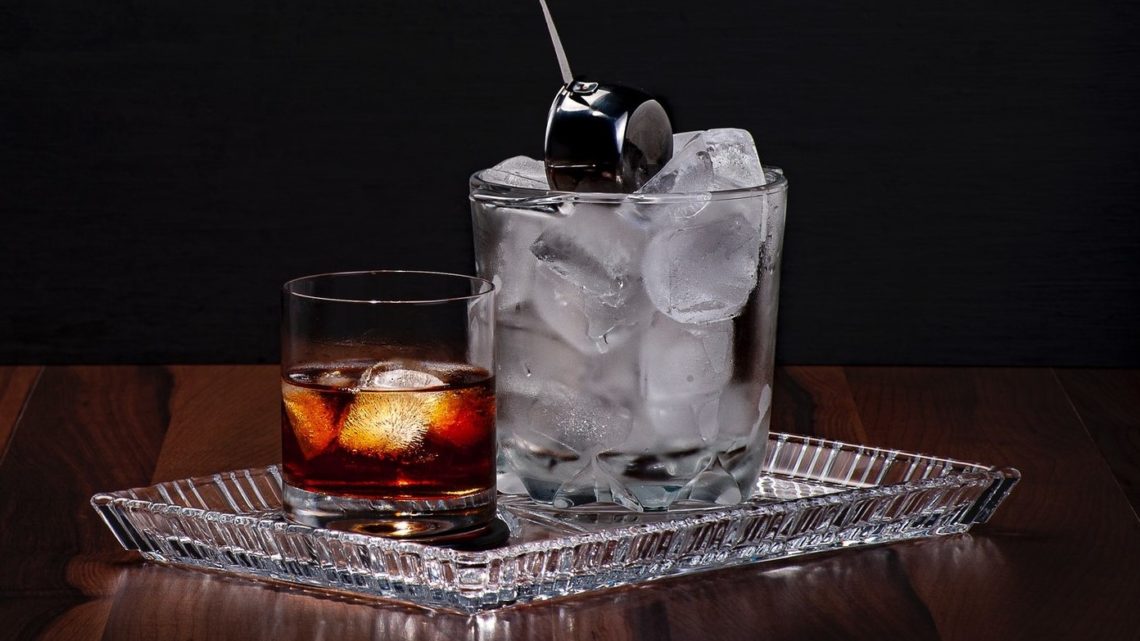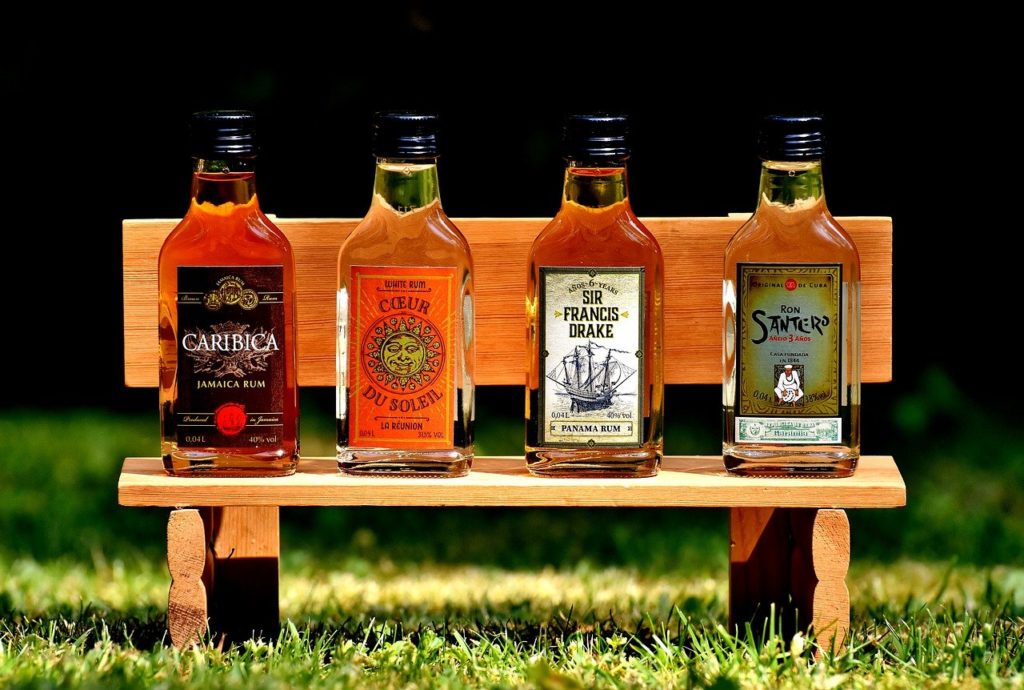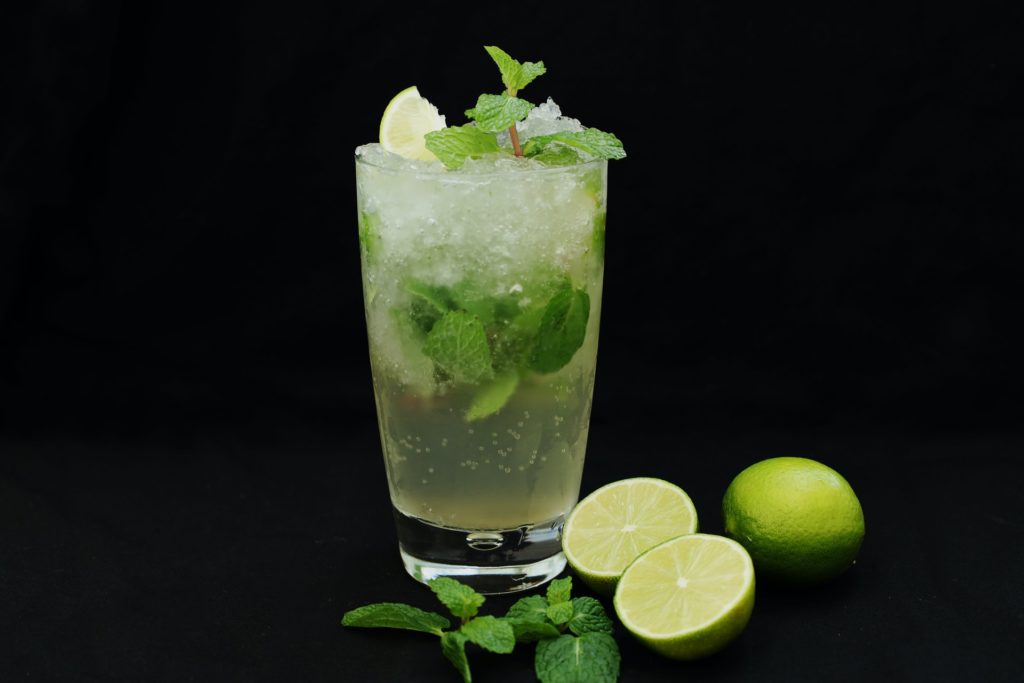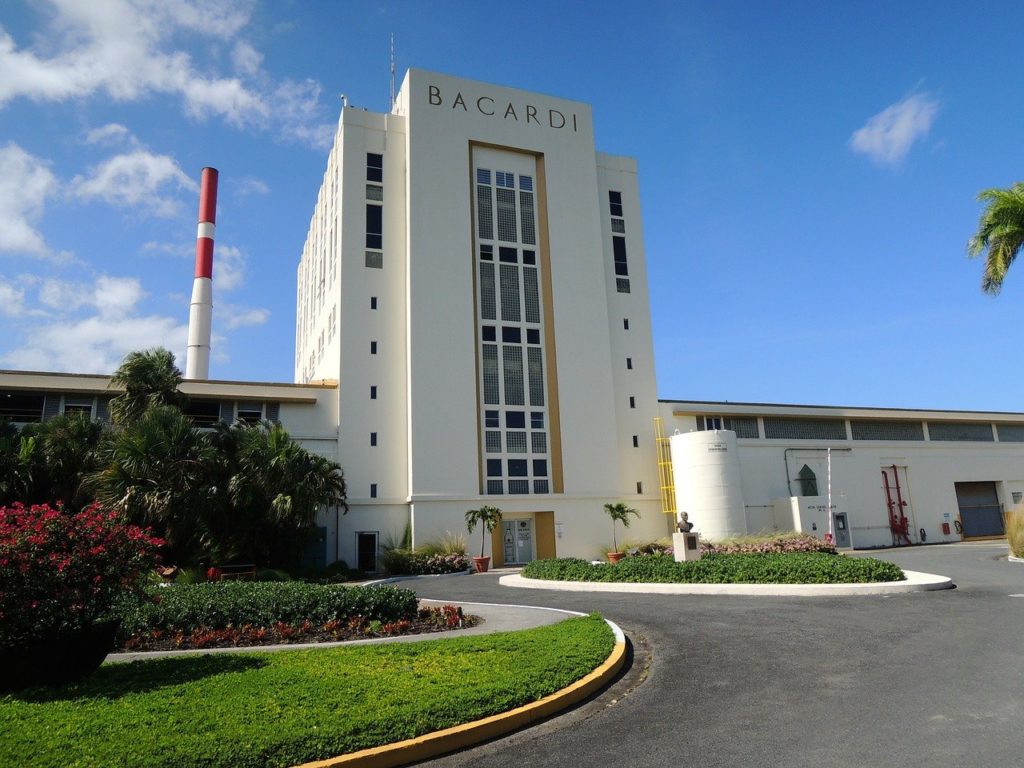7 Fun Facts You Must Know About Rum

Rum is the oldest spirit that has been discovered and the first spirit to be manufactured and distilled for non-medical purposes. Most historians agree that the first-ever rum was distilled in the 1620s in the Caribbean and West Indies regions.
With such a long background, countless stories and myths have been built around it. Therefore, we researched and compiled the most interesting facts about this versatile spirit. Some might not be accurate, so take it with a pinch of salt. Let’s begin!
7 Fun Facts About Rum
- The origins of the word “rum” is unclear.
- Rum was used as a medicine.
- Rum was used as a trading currency.
- There is no universal rum regulation.
- Rum has five major types.
- Rum get drier with age, no sweeter.
- El Draque is the first mixed cane beverage.
Fact #1: The Origins of the Word “Rum” Is Unclear
The etymological origin of “rum” is still uncertain. There are several hypotheses about it and none of them seems to provide enough evidence for it. The first hypothesis comes from the British etymologist Samuel Morewood, who suggested that the term “rum” might be a shortened version of the Latin word for sugar cane “Saccharum Officinarum.”
Secondly, it could also come from the word “brum,” used in the 14th-century by Malay people to name a sugar-based spirit. Still, some others claim that the term is inspired by the Dutch term “rummers”, which refers to the oversized drinking glasses used by sailors from the Netherlands during a time when Dutch settlers farmed sugar cane in Barbados.
Nevertheless, the most accepted theory is that the word could be a shorthand for the British slang “rumbullion,” used to describe a “great tumult” and liquors from sugar cane stalks. This makes more sense since early rum was considered as a hot and strong drink, and the slang is a combination of the adjective “rum” (“strong” or “potent” in Romani) and “boullion” (“hot drink” in French).
Fact #2: Rum Was Used as a Medicine
Since Arab scholars developed the art of alchemy and distillation during ancient times, there has been a widespread belief that fermented drinks have medicinal benefits. By the early 19th-century, physicians used to prescribe alcoholic beverages for all sorts of medical treatments, from snake bites to disease control.
Moreover, pirates drank it to prevent diseases such as flu, scurvy, as well as to eliminate stress. In fact, rum was considered a great antiseptic to clean wounds and to prevent infections; it was a kind of salve to the pains of toil.
After 1850, the rise of scientific medicine discredited the therapeutic value of alcohol. Eventually, alcoholic beverages were removed from the list of scientifically approved medicines. In 1917, the American Medical Association stated, “we believe that the use of alcohol is detrimental to the human economy, and its use in therapeutics as a tonic or stimulant or for food has no scientific value.” [1]
Yet, during Prohibition in the United States, the law allowed the medicinal use of alcoholic beverages through a physician’s prescription. At that time, pharmacies were the main sale points of spirits.
Fact #3: Rum Was Used as a Trading Currency
Rum was such a valuable item in the 18th-century that it was used in commercial exchanges. At first, English privateers used it to trade; sailors also received barrels of rum as a form of payment as part of their benefits package. However, some of these privateers became pirates so rum was also used as a trading currency between pirates and this is one of the reasons they have been associated with the sugar cane beverage throughout history.

Around 1790, rum was a currency in Australia. The first two decades as a British colony were very challenging, especially because of the shortage of any sort of money and the difficulties to establish an acceptable currency. That was the moment when rum began to be used as means to purchase goods and services.
The problem with rum as a currency was that many people drank it rather than use it to buy the things they needed. Still, over the years, the trade in this spirit grew more and more until it became the most popular form of currency for a while.
Unfortunately, rum was also used in the slavery triangle for almost three centuries. This triangle carried slaves, cash crops, and manufactured goods between America, the Caribbean, and West Africa. The colonial molasses trade consists of transporting sugar to America where it was distilled to rum.
Then, the profits were used to purchase manufactured goods which were taken to West Africa to be exchanged for slaves. Finally, the slaves were taken to the Caribbean to be traded for sugar and sold to plantation owners. The profits were spent on sugar and the cycle restarted.
Fact #4: There Is No Universal Rum Regulation
Nowadays, there is no universal law to regulate rum production; what is legal in one country might not be allowed in another. Each region where this spirit is made has developed specific guidelines for which beverages can be classified as rum. For instance, in the Caribbean, rum is defined by the CARICOM regional standards[2] as:
- “A spirit obtained exclusively by alcoholic fermentation and distillation of sugar cane molasses, sugar cane syrups, sugar cane juices or cane sugar produced during the processing of sugar cane.”
- “A spirit drink distilled at an alcohol content of less than 96.0% alcohol by volume at 20 C.”
In the U.S., rum is defined as:
An alcoholic distillate from the fermented juice of sugar cane, sugar cane syrup, sugar cane molasses, or other sugar cane by-products, produced at less than 190 proof (95% ABV) in such manner that the distillate possesses the taste, aroma, and characteristics generally attributed to rum, and bottled at not less than 80 proof (40% ABV); and also includes mixtures solely of such distillates.[3]
In the case of the European Union, it defines rum as:
A spirit drink produced exclusively by alcoholic fermentation and distillation, either from molasses or syrup produced in the manufacture of cane sugar or from sugar cane juice itself and distilled at less than 96% ABV, so that the distillate has the discernible specific organoleptic characteristics of rum.[4]
In the case of Australia, Food Standards Australia and New Zealand defines rum as “a potable alcoholic distillate, which, unless otherwise required, contains at least 37% ABV, produced by distillation of fermented liquor derived from food sources, so as to have the taste, aroma and other characteristics generally attributable to rum.”[5]
Fact #5: Rum Has Five Major Types
The process for making rum varies depending on the place and the type of rum being produced. In general, the grades or styles of this spirit are classified by their origin, flavor, color, and taste. For example, most rums are made from molasses, which produces light, soft rums, and dark pungent ones. The rest of the rum market uses sugar cane juice or sugar cane honey to produce such spirit.

Even though, there is no legal definition for “white rum,” “silver rum,” “gold rum,” “dark rum,” or “black rum,” the major types are:
- White rum is usually stored in stainless steel vessels or casks and aged for a very short period (1-2 years) in the barrels with charcoal filters, extracting any color and impurities after the aging process. It has a lighter taste than gold and dark rums; therefore, it is often used in cocktails.
- Gold rum is aged in oak barrels for slightly longer than white rum. Caramel may be added after the aging process to provide vivid golden color and adjust it to a predetermined standard.
- Dark rum is aged for the maximum number of years. It has a sweeter and chocolatey flavor. Its darker color is because it is not filtered after the aging process.
- Over-proofed rum, the most popular one on the Caribbean Islands, has a higher alcohol content than the typical 37–40% ABV. This type constitutes almost 70–80% ABV and is mostly used for the creation of rum-based fruit cocktails.
- Spiced rum is infused during the blending stage with strong spices such as cinnamon, aniseed, ginger, rosemary, or pepper. It is usually dark in color, with caramel occasionally added for sweetness.
Fact #6: Rum Get Drier with Age, No Sweeter
The persistent misperception that rum is sweet might come from the issue that casual drinkers have only consumed rum mixed with fruit juices and syrups in overly sugary cocktails. Although rum is made from sugar cane, its sugar content is consumed by yeast during fermentation—the chemical process that turns sugars into ethanol. It converts nearly all of the sugars in a mash into alcohol and other non-sugar organic components such as esters.[6]
By the time fermentation completes, no sugar remains in the fermented mash. Straight off the still, freshly distilled alcohol has essentially no sugar in it. Even if the mash has residual sugar, very little will remain after the distillation process. So, the sugar that goes into the still does not come out the other side.
Another reason to think that rums are sweet is that some of them are, in fact, sweet. Some natural sweetness like caramel, sweetened wines, or glycerol (which gives the perception of sweetness) can be added during aging. This is a common practice for some distillers, particularly those that produce premium rums. The purpose is to make the rum seem thicker, smoother, and more luxurious.
Fact #7: El Draque Is the First Mixed Cane Beverage
In the late 16th-century, some pirates and explorers like the famous Sir Francis Drake, landed in Havana to sack the city of its gold. He was one of the bands of privateers sponsored by England’s Queen Elizabeth I.

Historians say that he used to mix aguardiente de caña (a crude cane spirit that was the forerunner of rum) with sugar, lemon, and mint. It is unknown if the drink was invented once he was in Cuba or onboard his ship in which there were those ingredients to make a medicinal beverage to relieve fever and colds.
Eventually, this blend was named “El Draque”, and it is said it might be the predecessor of Mojito. The Draque was a commonly consumed Cuban stomachic up until the beginning of the 18th-century.
Other Fun Facts
- In the beginning, rum production not only evolved as a side product of the sugar cane industry in the 16th-century but also as poor quality and inexpensive distilled spirit produced and consumed by slaves. Thus, it was associated with low socioeconomic status for several centuries.
- Centuries ago, there were no methods to preserve food, and rum had the advantage that it can be saved for later. Therefore, sailors started adding distilled or fermented beverages to the water, for example, to turn it into a drinkable liquid.
- Pirates began drinking rum in the late 17th-century, with the rise of the West Indian rum trade.
- In 1941, the world’s longest aged rum was distilled during World War II. In 1999, 58 years later, Gordon and MacPhail bottled their Long Pond Jamaican rum.
- Rum was popular in the trenches. It had long formed part of the daily issue of the soldiers during wars. Military officials claimed that drinking was “necessary” for war-fighting. During the bitter winter months, rum also acted as an important stimulant for keeping up morale and sometimes for even keeping troops alive. So, the spirit was assigned social properties which were incorporated into trench culture.

- Today, the largest rum distillery is still Bacardi in Puerto Rico. The Bacardi Distillery is located on 137 acres and consists of 24 buildings and structures.
- Among the several nicknames of rum is “Nelson’s Blood.” In 1805, Admiral Horatio Nelson was killed as he led the Royal Navy to victory against a French and Spanish fleet at the Battle of Trafalgar. After his death, historians say that Nelson’s body was stored in a cask of rum, and thirsty sailors drilled holes into the cask and drained away from the rum, which would have been mixed with his blood.
- The world’s strongest rum is Suriname’s Mariënburg rum, bottled at 90% ABV. Its closest rival is a product of Saint Vincent, Sunset Very Strong Rum, bottled at 84.5%.
- Many people also believe that the darker a rum looks, the longer it has aged. But the truth is that a barrel can lend so much color to a spirit. Likewise, rums that are very dark in color are the most likely to have additive color, and more color often means more sweetness.
- As rum ages in the barrels, thus, some of the liquid evaporates over time. This missing liquid is known as “the angels’ share.” In parts of the Caribbean, the angels’ share is up to 7% of the cask’s contents annually due to the tropical weather. In cooler climates, it might be only 1-2%.












